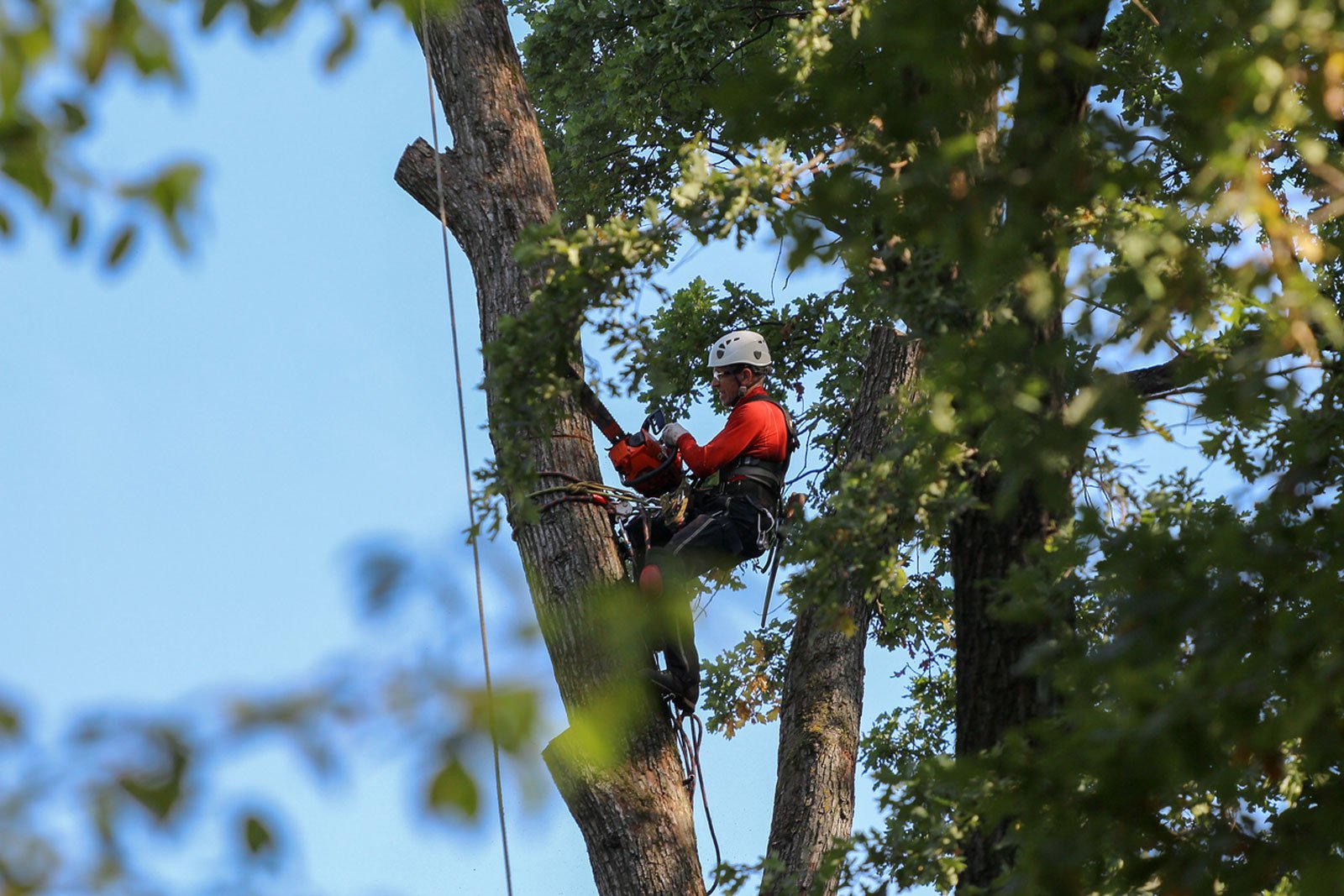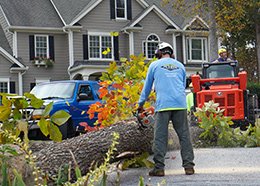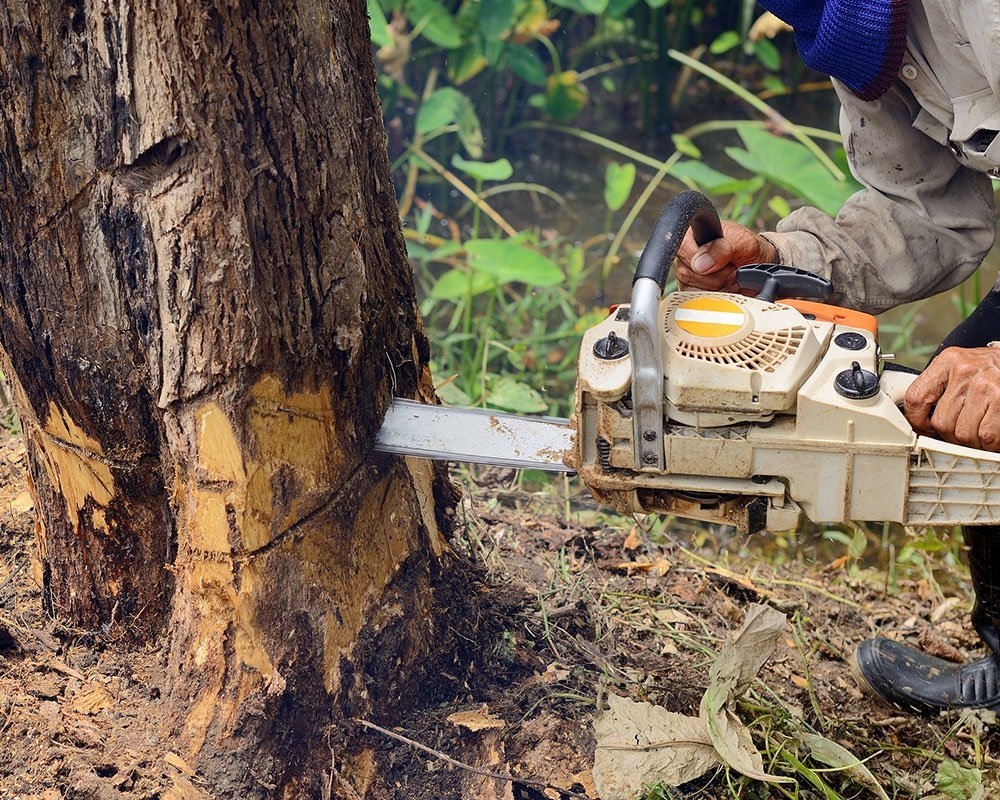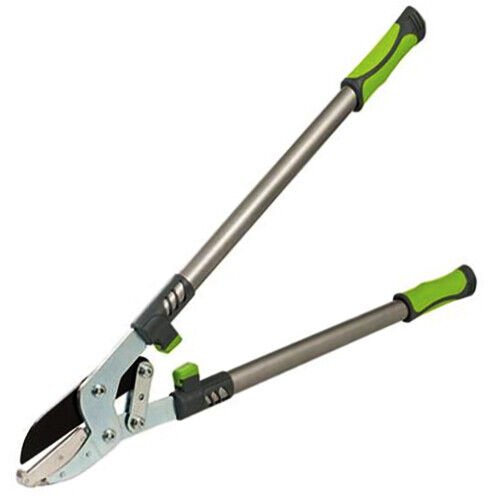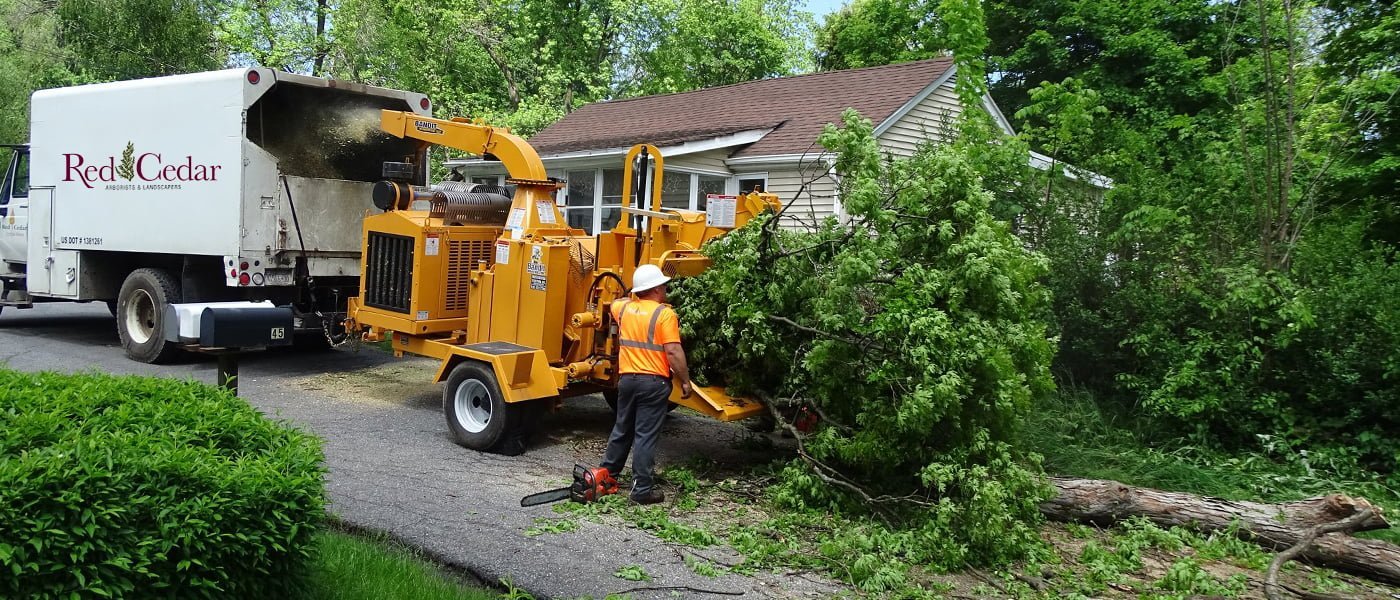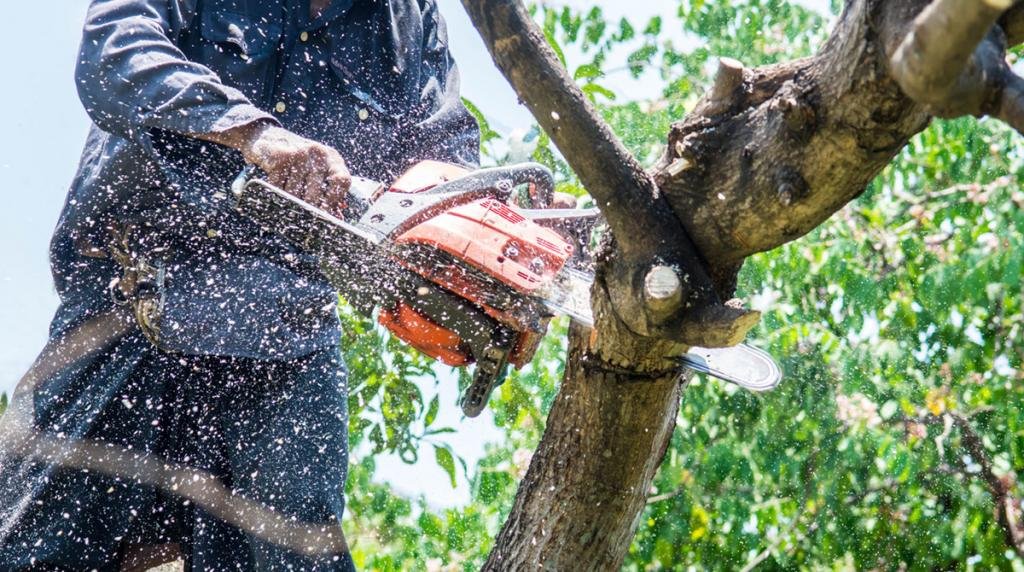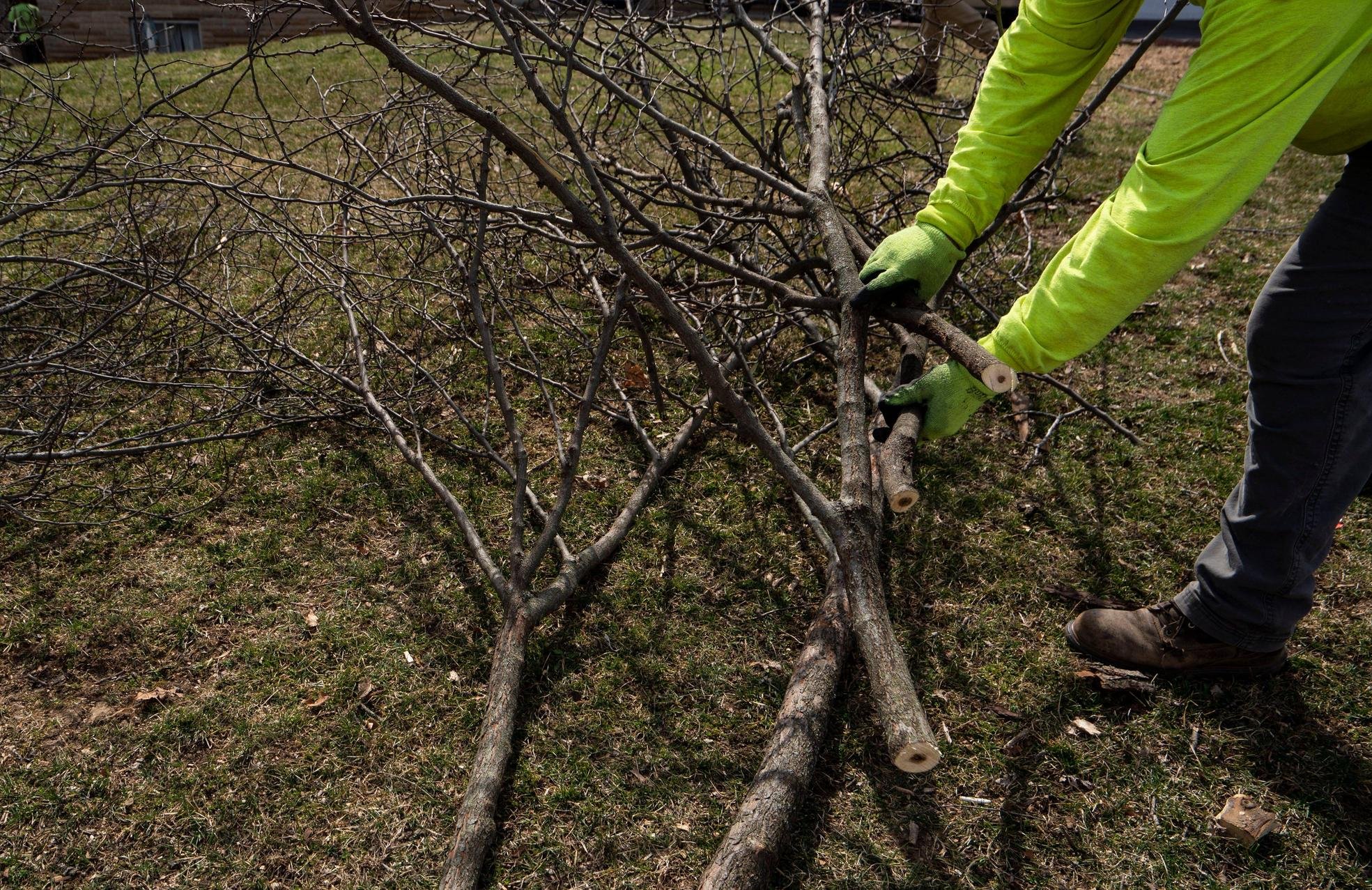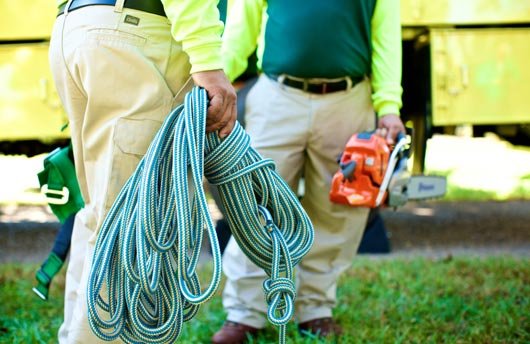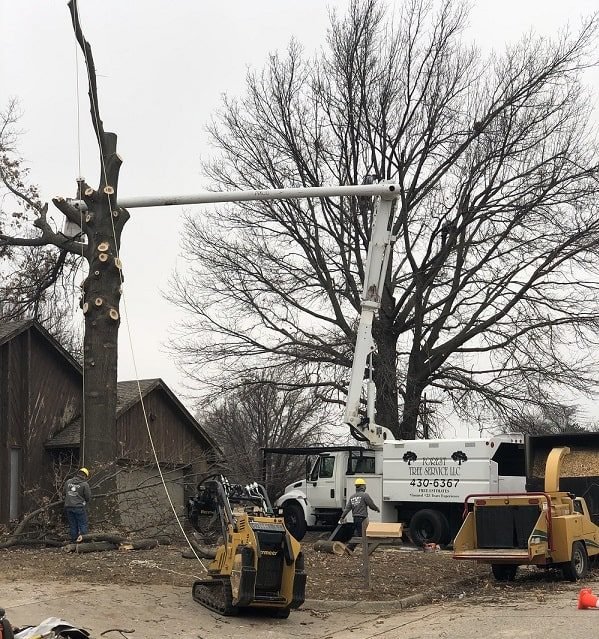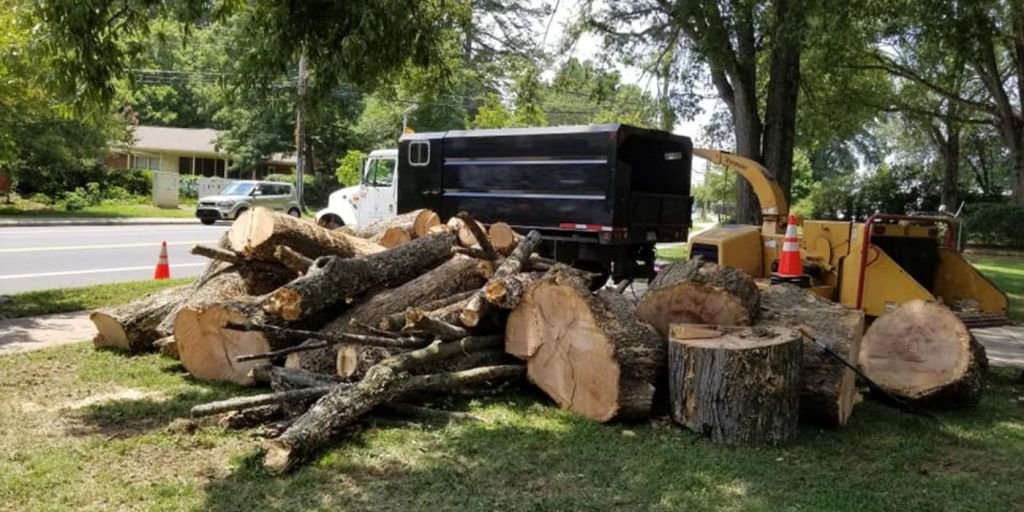Things to Keep in Mind When Looking For a Tree Service
[ad_1]
Regardless of whether you are looking for a tree service or a company that specializes in tree care, you need to keep a few things in mind. Besides making sure that you have the best techniques for climbing trees, you need to keep in mind the cost of tree services and the liability insurance you should carry.
Cost to service a tree
Investing in a tree service can ensure your home looks great for years to come. The costs can vary, depending on the type of work that needs to be done. Some services include stump grinding, tree pruning, and tree removal.
The average tree service cost is about $75, but can go as high as $500. The cost depends on the type of work you need done, the size of the tree, and the location. Tree service companies must rent special equipment, which can add to the price.
Trees need regular care to remain healthy and prevent damage from storms, pests, and insects. Pruning is a great way to maintain the health of your tree. This process involves removing dead branches, pruning the top branches, and promoting new growth.
Getting a free quote is the easiest way to know what you can expect. A tree service company will come to your home and assess the tree’s location and condition. They will then offer a variety of services to keep your tree looking good.
Techniques used by arborists to ascend into the tree
Several different techniques are used by arborists to ascend into the tree. These techniques offer the arborist minimum exertion when ascending or descending, which helps the arborist to maintain a safe and efficient work area.
One technique is the use of a rope wrench. This allows the arborist to climb up and down a tree on one rope. The rope wrench uses leverage to force the rope into an S-shape.
Another technique is the use of a throwline. This involves the use of a nylon cord. The cord is thrown into the tree and aimed for the crotch of a sturdy branch. The arborist then sets the rope in the top branches of the tree.
The throwline method can also be used to ascend into the tree remotely. This method can be especially useful when the climbing arborist cannot inspect the PSP. It can also make setting the climbing rope in the PSP easier.
Liability and workers compensation insurance
Whether you’re starting your own tree service or you’re currently running a business, you should consider purchasing liability and workers compensation insurance. Not only do these policies protect you from lawsuits, but they also help to cover any medical expenses that may arise if your employees are injured while performing their jobs.
In the tree service industry, accidents are common and can lead to injuries and damage. The most common injuries include cuts and scrapes. These injuries can cause temporary impairment, as well as medical costs.
You may need to get a few quotes before you decide on a plan. You want to be sure that you’re paying the lowest possible price for the same coverage. A good financial planner or attorney can help you assess your risks and find a policy that suits your needs.
Aside from liability and workers compensation insurance, you should also consider purchasing an umbrella policy. This type of insurance will cover all types of liability claims.
[ad_2]
